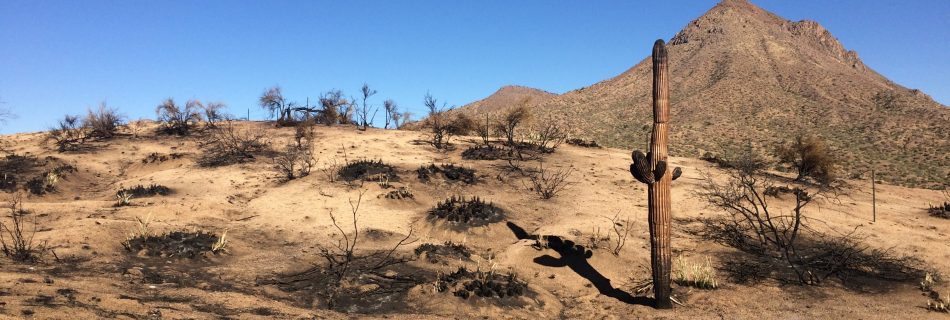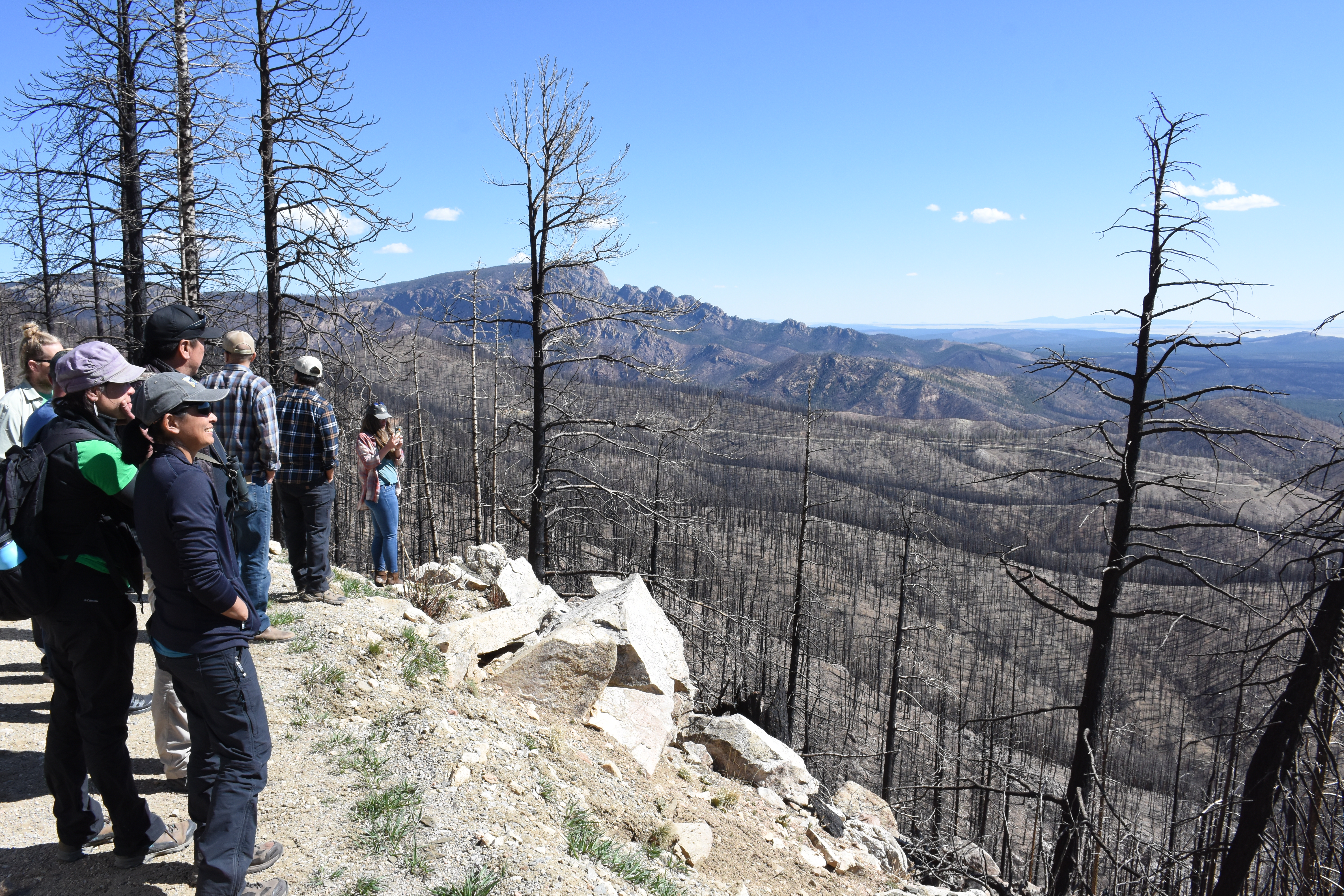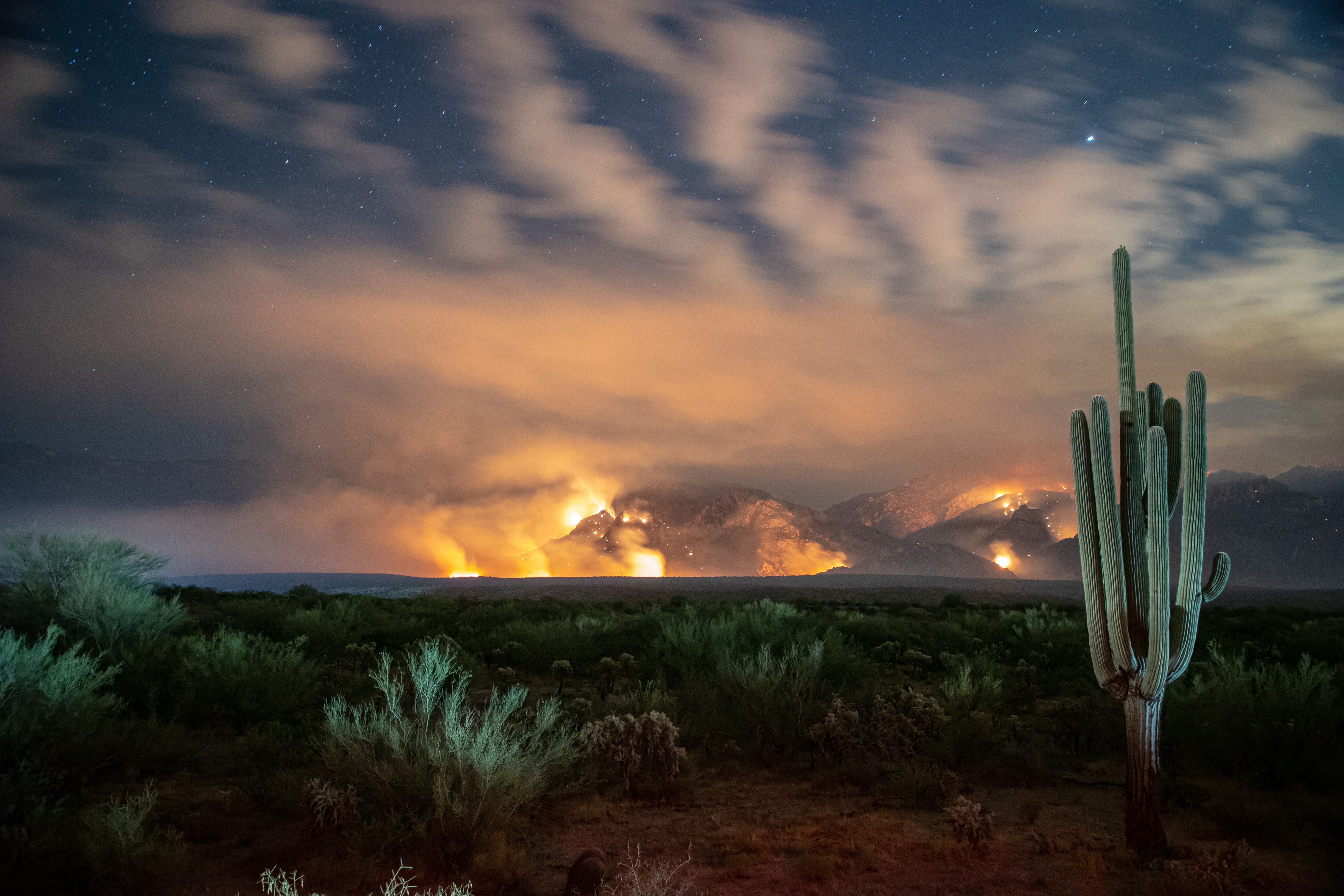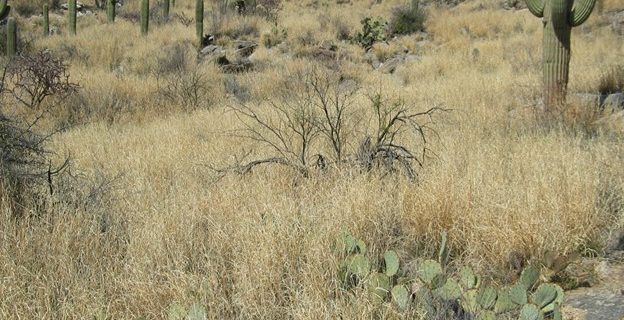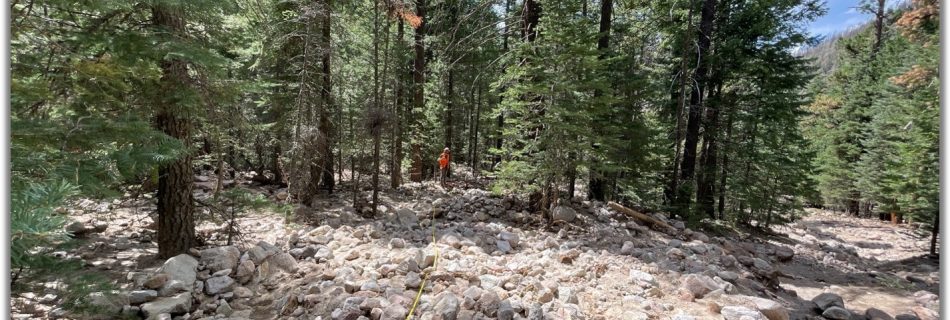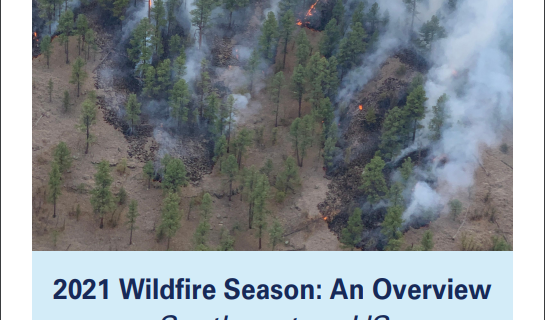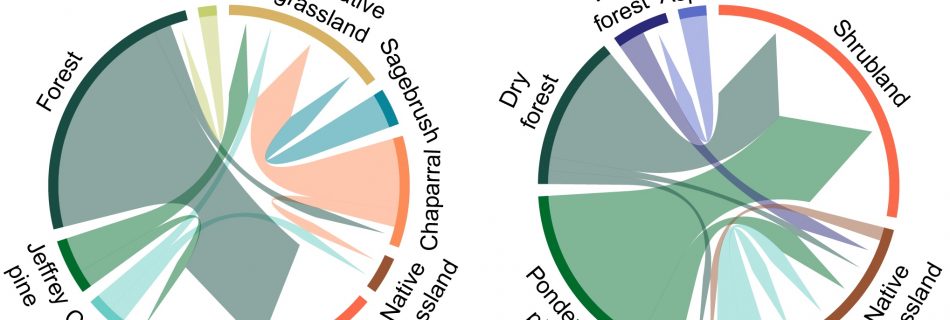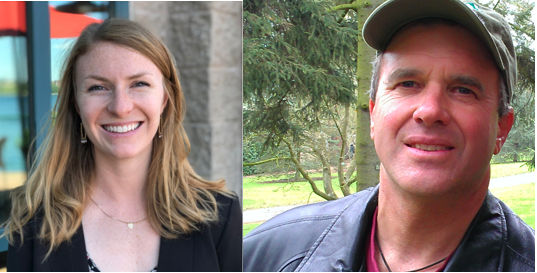Sonoran Fuel Breaks Field Trip – February 2024
This field trip will delve into the critical issues of wildfire risk and invasive species management in the Sonoran Desert near Phoenix, AZ. We will hear from public, state, and private land managers who have been conducting wildfire operations, prescribed burns, thinning, and invasive plant removal to protect the Sonoran Desert. Field Trip Objectives: Who …

